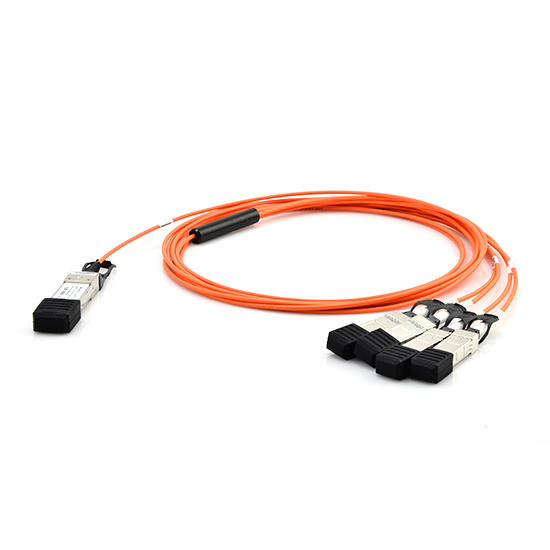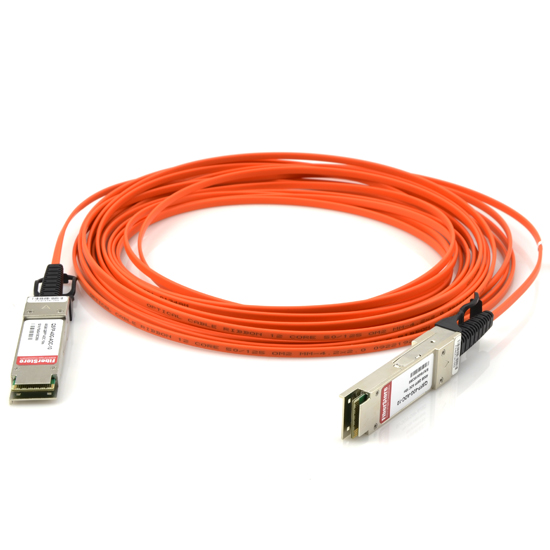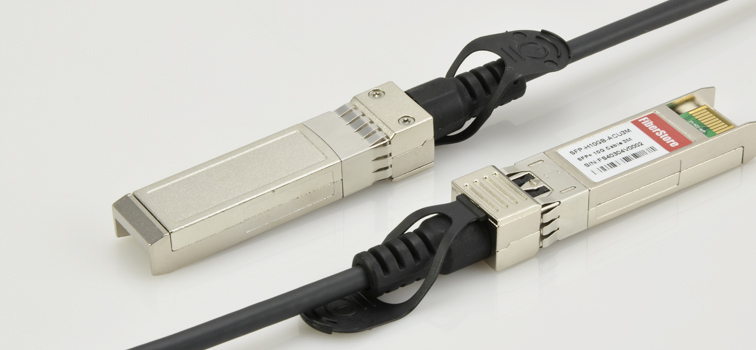Although optical transceiver and fibre patch lead keep their leading position in connecting switches and servers of data centre, DAC twinax cable still takes a place in intra-rack connection because of its unique advantages of convenience and low price. What is twinax connector? It is a “transceiver-shaped” plug equipped at each end of the DAC twinax cable. This article will mainly introduce DAC twinax cable, the types of twinax connector and try to help you choose DAC twinax cable.
Brief Introduction of DAC Twinax Cable
What is DAC twinax cable? It’s a kind of direct attach cable (DAC) used to connect switches to servers or routers. DAC twinax cable consists of fixed length of copper cable and twinax connectors on each end. Twinax cable is widely used in local area network, data centre, and high-performance computing connectivity and etc. It’s a cost-effective, low power consumption and low latency solution which is ideal for high-density network. Besides, DAC twinax cable is flexible for the connection within racks. Two kinds of DAC twinax cable, passive DAC and active DAC differ in their components. Active twinax cable contains electrical components while passive twinax cable doesn’t has electrical parts. Not only that, with different connectors, DAC twinax cable can support different data rate.
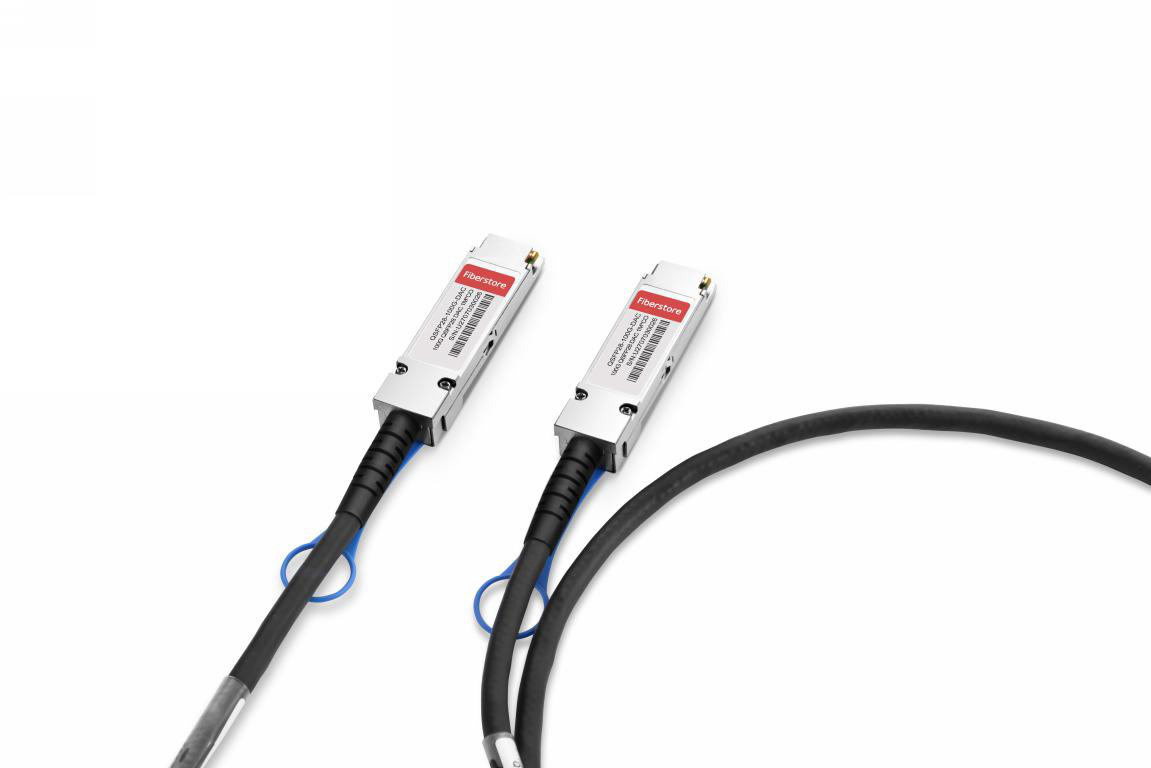
Twinax Connector Types of DAC Cable
Why do we need different types of twinax connector? Because DAC twinax cables with different connectors can support different data rate applications. Various types of twinax connector of DAC have covered the main data transmission needs in data centres. For example, twinax SFP+ is designed to work with equipment that have 10G SFP+ interface. There are DAC twinax cables with the same connectors at each end such as 10G twinax SFP+ to SFP+, and DAC breakout cables for 10G to 40G or 25G to 100G connection designed to meet the requirement of migration.
|
Twinax Connector Types
|
Description
|
Cable Length
|
|
10G SFP+ to SFP+
|
10G SFP+ Passive Direct Attach Copper Twinax Cable
|
0.5m~7m
|
|
25G SFP28 to SFP28
|
25G SFP28 Passive Direct Attach Copper Twinax Cable
|
1m~5m
|
|
40G QSFP+ to QSFP+
|
40G QSFP+ Passive Direct Attach Copper Cable
|
0.5m~7m
|
|
40G QSFP+ to 4xSFP+
|
40G QSFP+ to 4x10G SFP+ Passive Direct Attach Copper Breakout Cable
|
0.5m~7m
|
|
56G QSFP+ to QSFP+
|
56G QSFP+ Passive Direct Attach Copper Cable
|
0.5m~5m
|
|
100G QSFP28 to QSFP28 DAC
|
100G QSFP28 Passive Direct Attach Copper Twinax Cable
|
1m~5m
|
|
100G QSFP28 to 4xSFP28 DAC
|
100G QSFP28 to 4x25G SFP28 Passive Direct Attach Copper Breakout Cable
|
1m~5m
|
Make an Informed Choice

When you choose DAC twinax cable, max data rate and cable length are important factors to consider. As you can see in the previous part, there are many types of twinax cables designed to meet the interconnection requirements of different speed networks. So, It’s important to choose the right twinax cable according to your network requirements. FS provides quality twinax cables with different data rates, which are compatible with major brands on the market, including Cisco twinax cables. Every DAC is tested strictly in FS factory before shipping, so the brand compatibility is guaranteed. Besides, FS provides customised service of producing DAC and AOC cable with different brand connector at each end. For purchasing more high quality DAC with low cost or for more products’ information, please contact us at sales@fs.com.

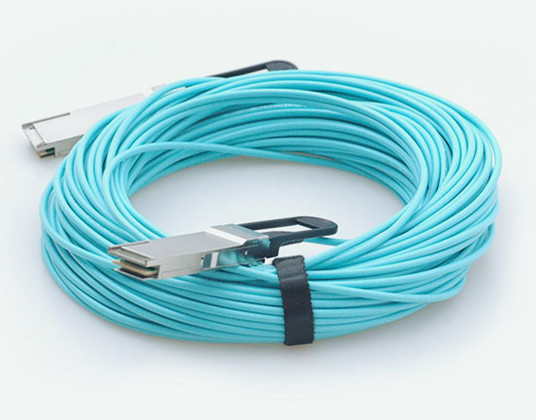
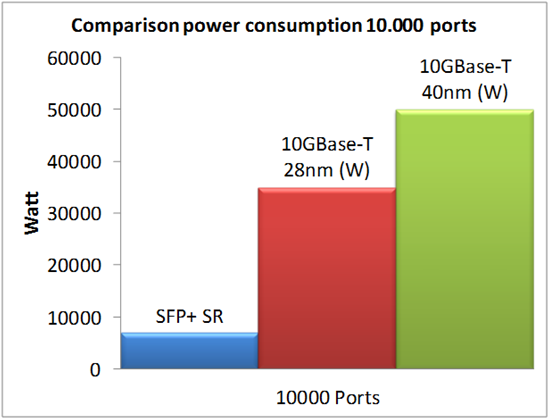
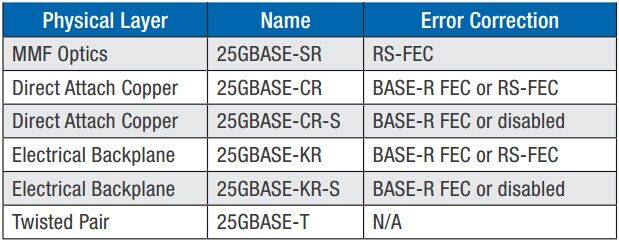

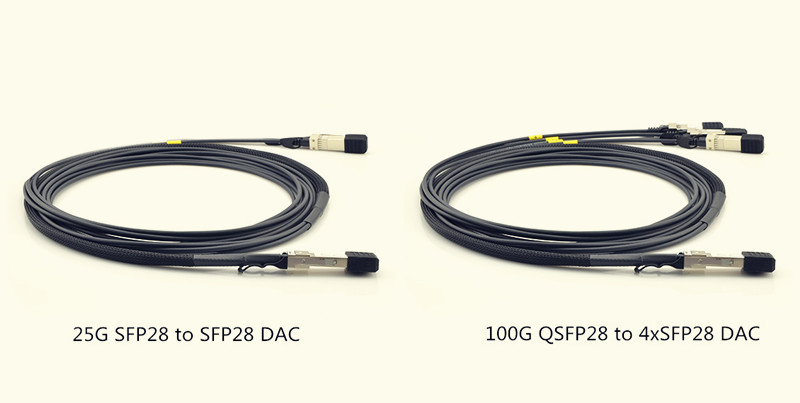
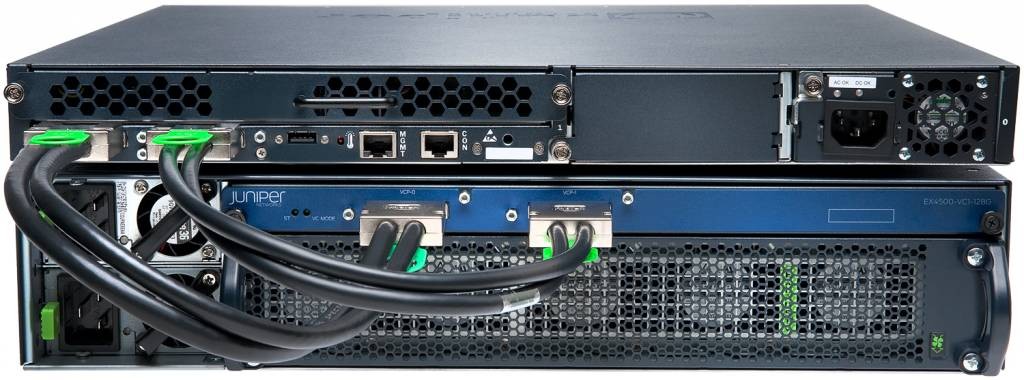
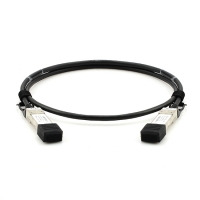
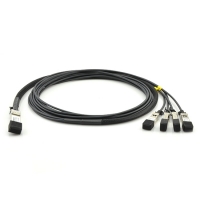 QSFP-4SFP10G-CU series products are compatible for Cisco 40GBASE-CR4 QSFP to 4 10GBASE-CU SFP+ direct attach cable, 0.5- 5 metres, passive solution. Fiberstore QSFP+ to four SFP+ copper direct-attach breakout cables are suitable for very short distances and offer a highly cost-effective way to connect within racks and across adjacent racks. These breakout cables connect to a 40G QSFP+ port of a Cisco switch on one end and to four 10G SFP+ ports of a Cisco switch on the other end. Our passive cables in lengths of 0.5, 1, 2, 3, 4 and 5 metres.
QSFP-4SFP10G-CU series products are compatible for Cisco 40GBASE-CR4 QSFP to 4 10GBASE-CU SFP+ direct attach cable, 0.5- 5 metres, passive solution. Fiberstore QSFP+ to four SFP+ copper direct-attach breakout cables are suitable for very short distances and offer a highly cost-effective way to connect within racks and across adjacent racks. These breakout cables connect to a 40G QSFP+ port of a Cisco switch on one end and to four 10G SFP+ ports of a Cisco switch on the other end. Our passive cables in lengths of 0.5, 1, 2, 3, 4 and 5 metres.